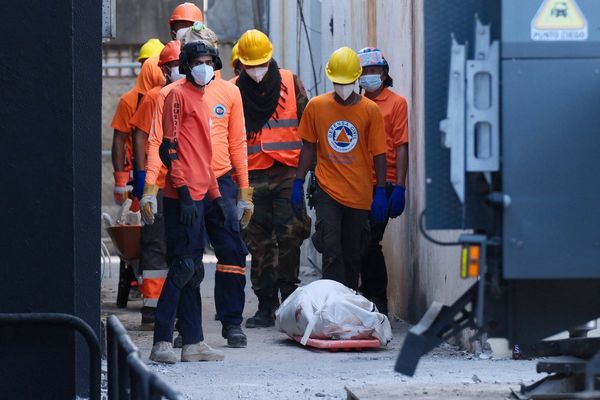
Botanists are partnering with flying paramotorists to survey rare vegetation in one of the most fragile and inaccessible landscapes in the world.
Paramotoring is a slightly eccentric way of getting around, but with a small engine strapped to their back and suspended from a paraglider, paramotorists can travel faster than walking, in a way that is far more environmentally friendly than heading into fragile ecosystems driving a 4x4. The travel method is lower in CO2 emissions too, according to a study in the journal Plants, People, Planet.
Following a partnership between scientists from the Royal Botanic Gardens, Kew, and from conservation group Huarango Nature, and professional paramotorists, a team of researchers were able to study plants in the coastal fog oasis deserts of Peru, a habitat that botanists have not previously been able to explore.
Known as “lomas” in Peru and “oases de niebla” in Chile, fog oases stretch some 3,000km along the Pacific coast of South America. These delicate ecosystems are home to more than 1,700 plant species, many of which are rare or endemic, and include some that rely on moisture from the Pacific fogs to survive in a land of virtually no rainfall.
Off-road vehicles can increase erosion and destroy such habitats, so four paramotorists were trained by Kew and Huarango Nature scientists in how to identify, collect and georeference the target plant species.
In November 2022, the scientists and the paramotorists from the French not-for-profit Forest Air and the Brazilian paramotor team Aita surveyed more than 15,000 hectares during a seven-day mission combining and comparing land and air efforts.
On average, the paramotorists completed their missions 4.5 times faster than the 4x4-driving ground crews. On longer missions, the ground team produced three times more CO2 than the flying teams. Paramotorists were also able to survey specific regions not distinguished by drones or unmanned aerial vehicles.
The paramotorists made negligible impact on the fragile desert surface, leaving only a few footprints on take-off and landing. Conversely, the authors demonstrated that 4x4 vehicles damaged an area equivalent to a football pitch for every 5km driven.
Dr Justin Moat, the senior research leader at RBG Kew, said it would have taken a major expedition to reach large areas of endemic vegetation in the Peruvian desert. “Meanwhile, the paramotorists had flown great distances and returned with plant specimens and aerial photographic evidence of the vegetation within the space of two hours,” he said.
Mike Campbell-Jones, the president of Forest Air, said: “As a pilot, with many years’ experience, I have never been so motivated on a mission task or learned as much about our planet as seeing one of its most fragile ecosystems through the eyes of a scientist. The flights we made on this expedition as the Forest Air team were the most memorable of my long and colourful life.”










